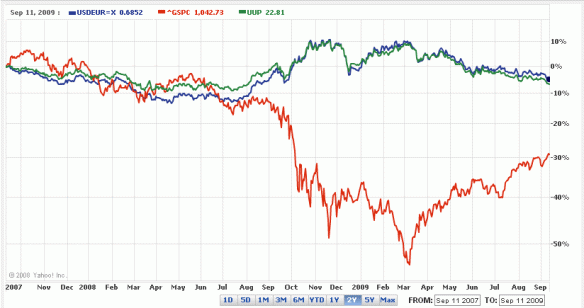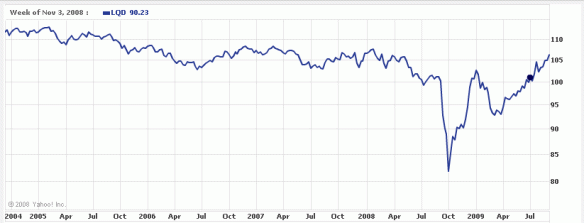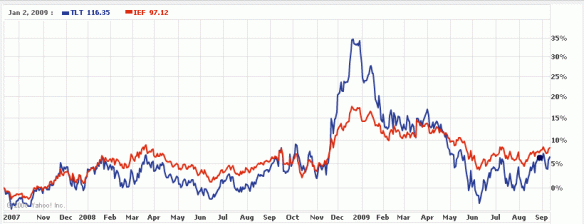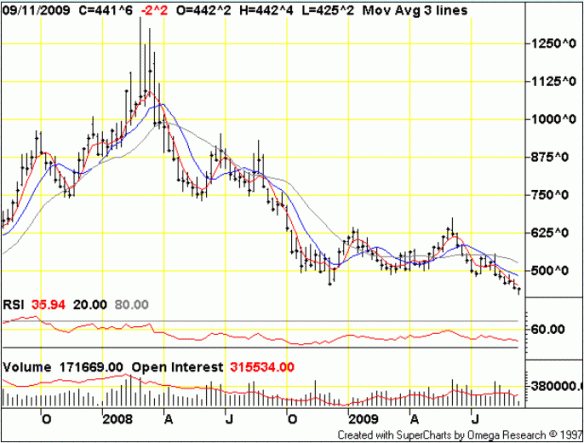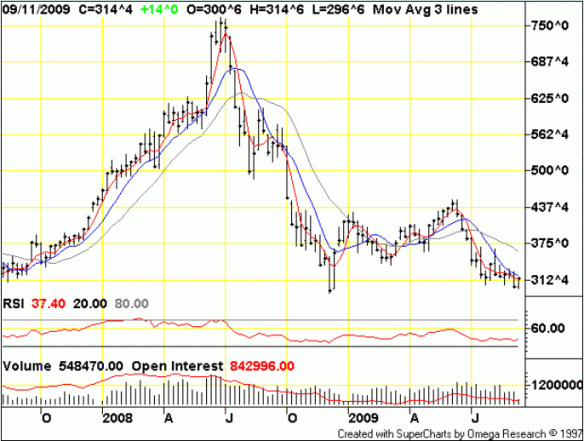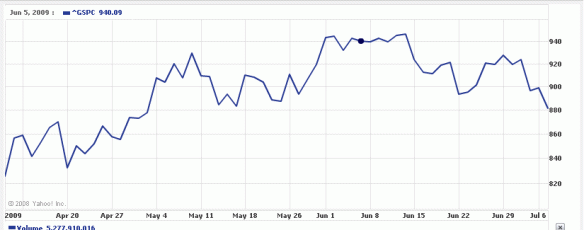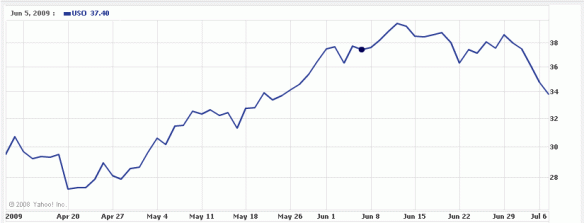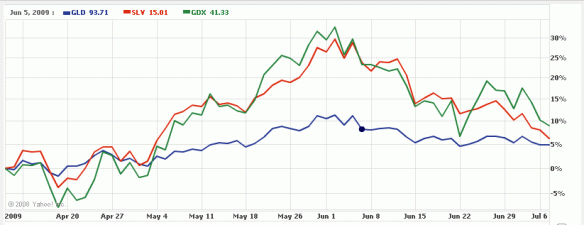Trends reverse asset class by asset class. Here’s where the reflation trade stands about two weeks past its possible peak:
Gold and silver: Nice, clear tops and solid sell-offs. I’m pretty confident about those tops holding, since sentiment readings got so high there. Decent profits are in hand, and I am out of this market as of yesterday, since a corrective rally wouldn’t surprise me here. I am waiting to put on my shorts again.
Treasury bonds: Firm-looking bottom off very negative sentiment and a nice rally so far. There is room to go, though I have sold my calls and now just own TLT. Recent auctions have been very successful, as these nice yields are drawing the highest bid-to-cover ratios since 2007.
The dollar: Back within almost a percent of its recent low, but I’m not worried about a collapse because most people are already positioned for fresh lows. Today’s mini panic looks like a potential set-up for the bulls, and I am very long versus the pound, euro and franc.
Oil: Sentiment here never got extreme, but the chart looks toppy and this trade is not independent from general dollar/reflation fears. I am short futures with a tight stop, since today’s bounce took us right up underneath a clear resistance level. Fundamentally, oil is way overpriced for this environment. I still think $20 awaits at some point in the future.
Copper: Very similar to oil’s situation. No extremes, but toppy. I’m short with a tight stop. I expect $1.00 again at some point once the S&P drops under 600.
Pork: Ok, this has nothing to do with the rest of this market, but pork bellies and hogs have been nice winners for me lately. I believe there is a good chance that they just made a lasting low. The flu panic has never been anything but hot air — just another boogeyman to drive people to love big brother. When the fears fade, demand is going to outstrip supply. China bulls ought to be all over this: the Chinese love pork — they even have a “strategic pork reserve”.
Stocks: The markets were pretty oversold after yesterday, but today we worked off that condition, so anything can happen tomorrow. Everyone is watching the 880 level on the S&P, though it feels like after the 40% rally we could see more nasty 90% down days in the coming days or weeks, which would take us closer to 800 and give the bulls a real gut-check. 880 wouldn’t do that.
If we do get down under 850, things are going to get tricky: we’ll have to look at internals and sentiment to divine whether we’re due for a big recovery and re-test of the highs, or if we’re on the express train to new bear market lows.
It is also possible that we never get a deep sell-off, but just chop around within a 50-100 point range for a few more months while fundamentals deteriorate until Pangloss just can’t justify hitting the offer anymore. Chopping around the 900s without ever breaking clean through 1000 would be nearly as exhaustive for the bulls as this rally has been for the bears. It would draw them all in until none were left and volume dried up. That would be an awesome set-up for bears who aren’t themselves worn out in the chop.
This is why I’m such a fan of long-term puts for playing a bear market: with them you don’t have to worry much about how the market gets to its destination, so long as it arrives and on time. Right now, you can buy 36 months of leeway with December 2011 puts. I bought December 2008 puts in Q2 2006 and 2009s in 2007 — there was drawdown from rallies and time decay, but in the end it didn’t matter.







